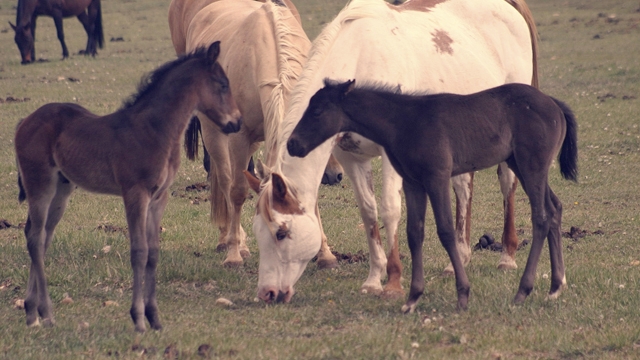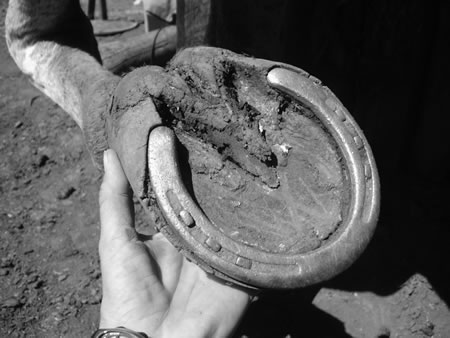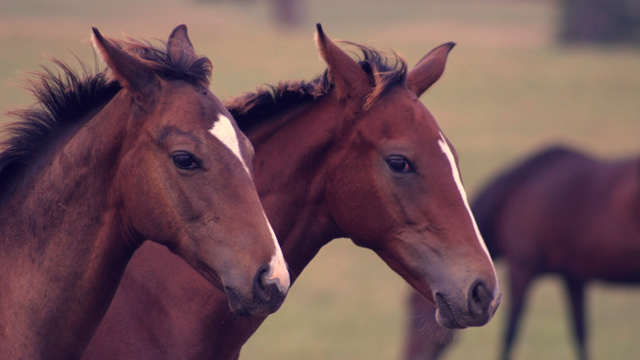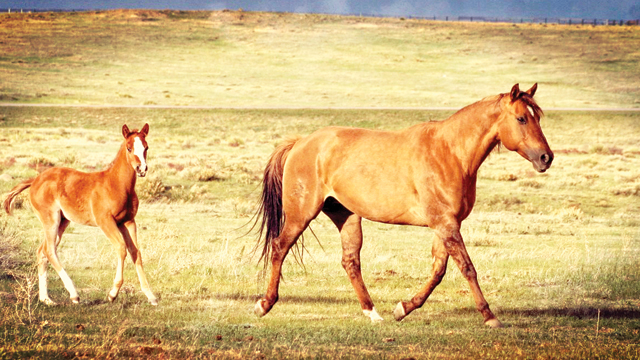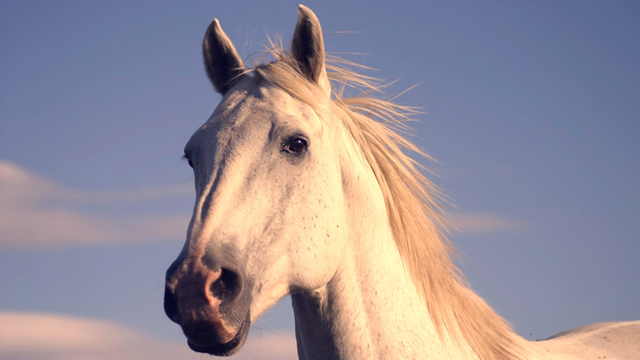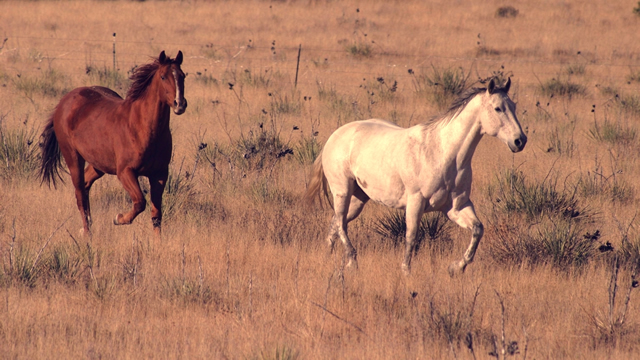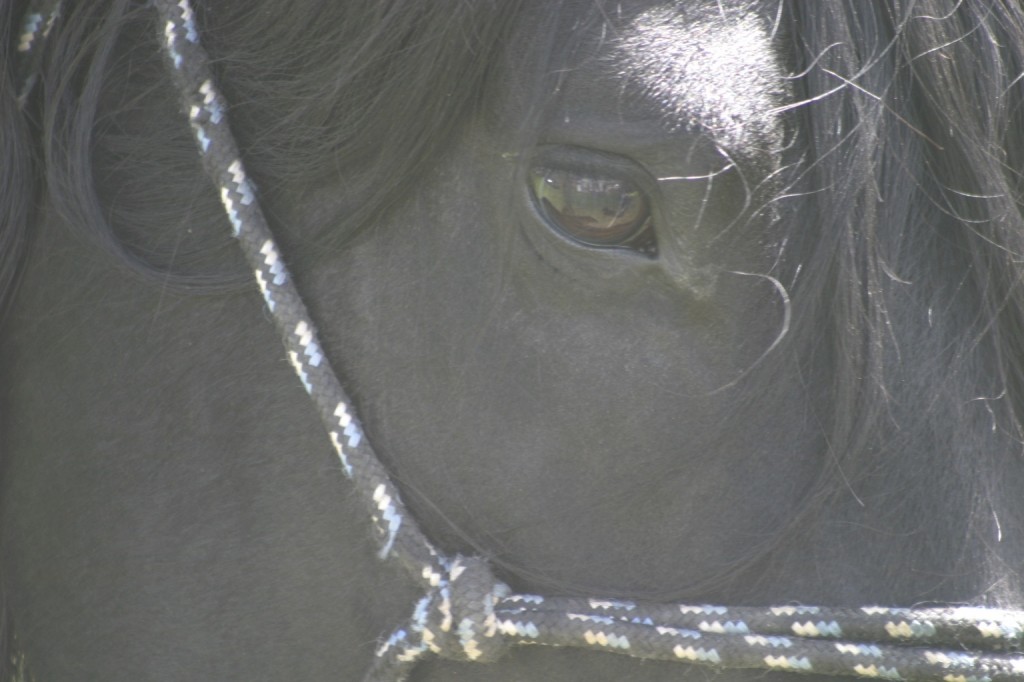What Humans Can’t Teach: The Importance of Herd Socialization for the Performance Horse
Written by Allison Nicole Shultz This article originally appeared in Eclectic Horseman Issue No.27 For most performance horses, the bulk of life is spent indoors to avoid risking accidents and mishaps that would postpone a …

